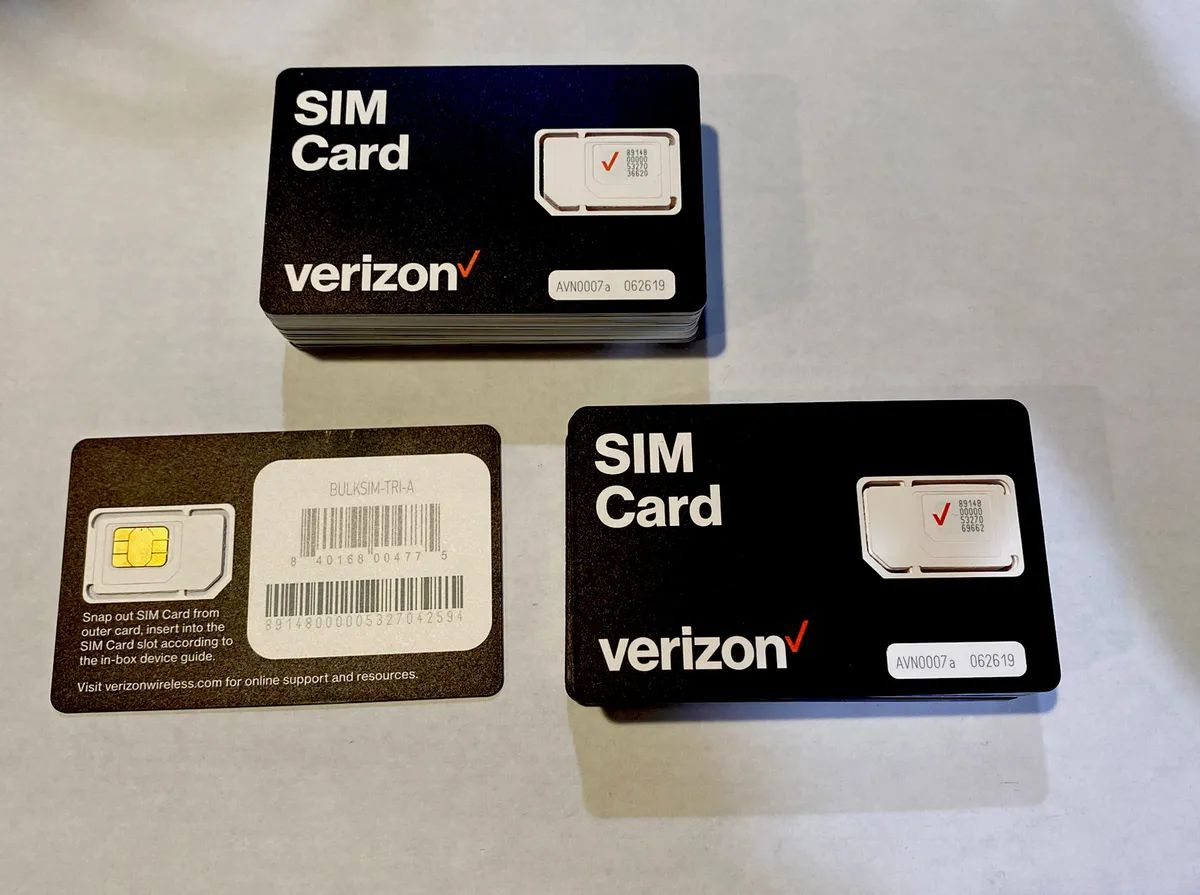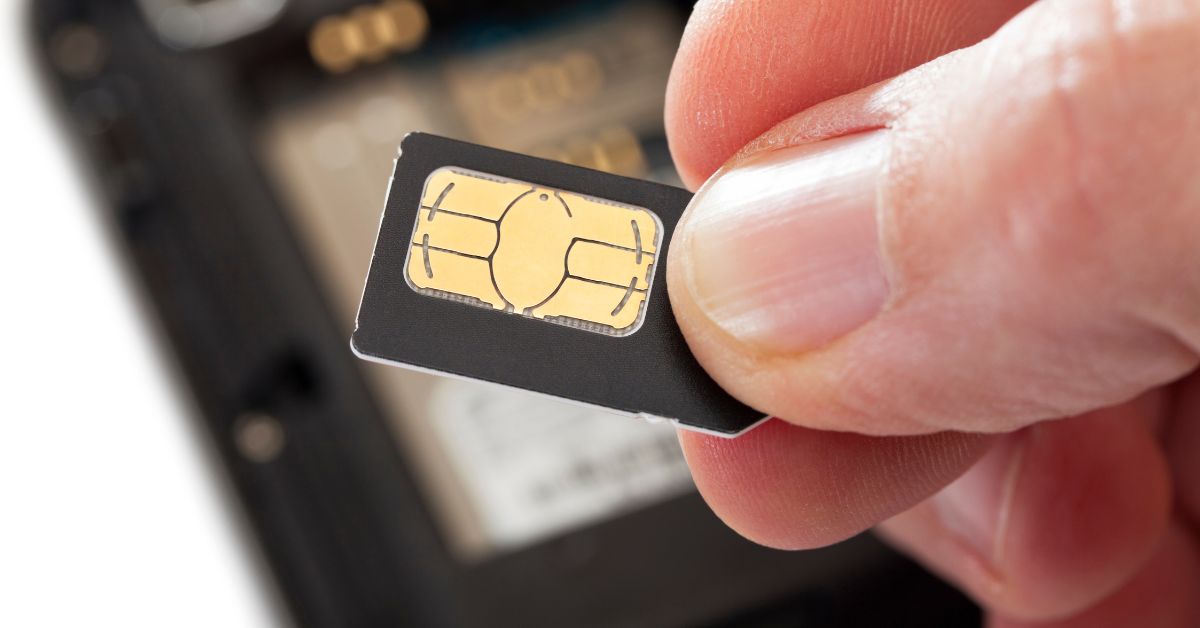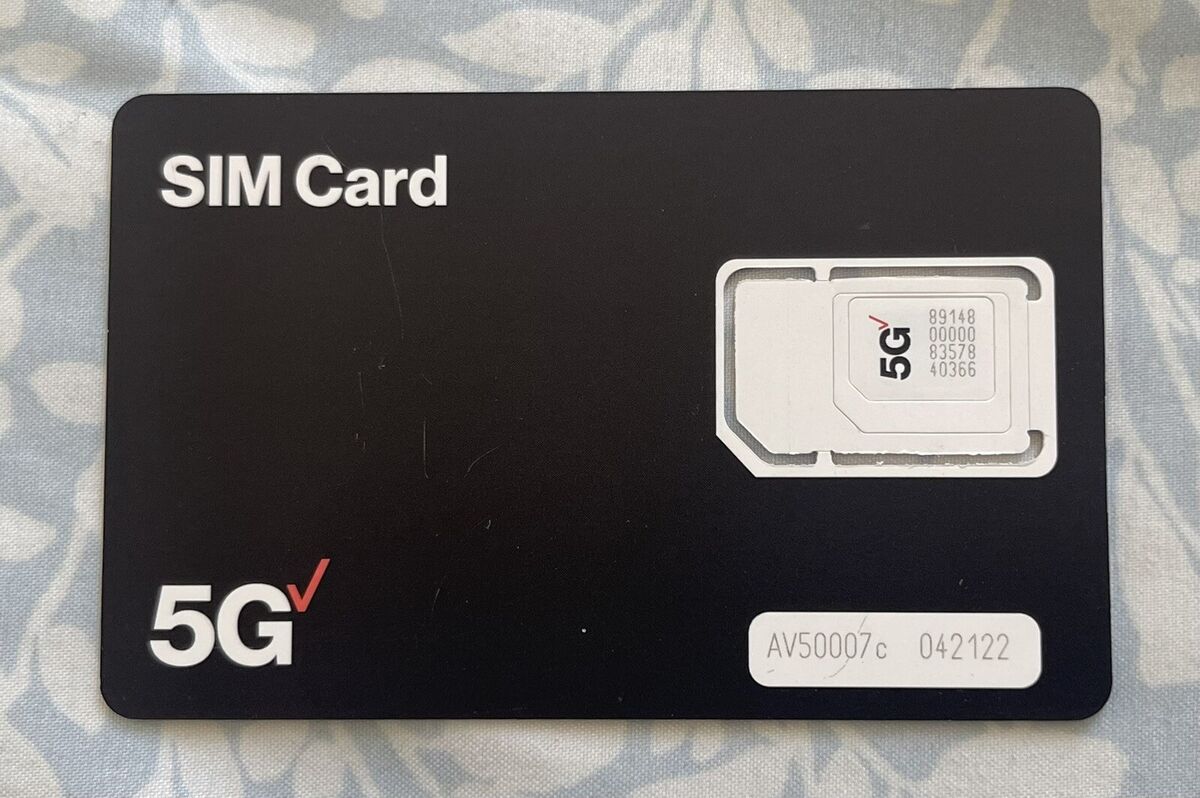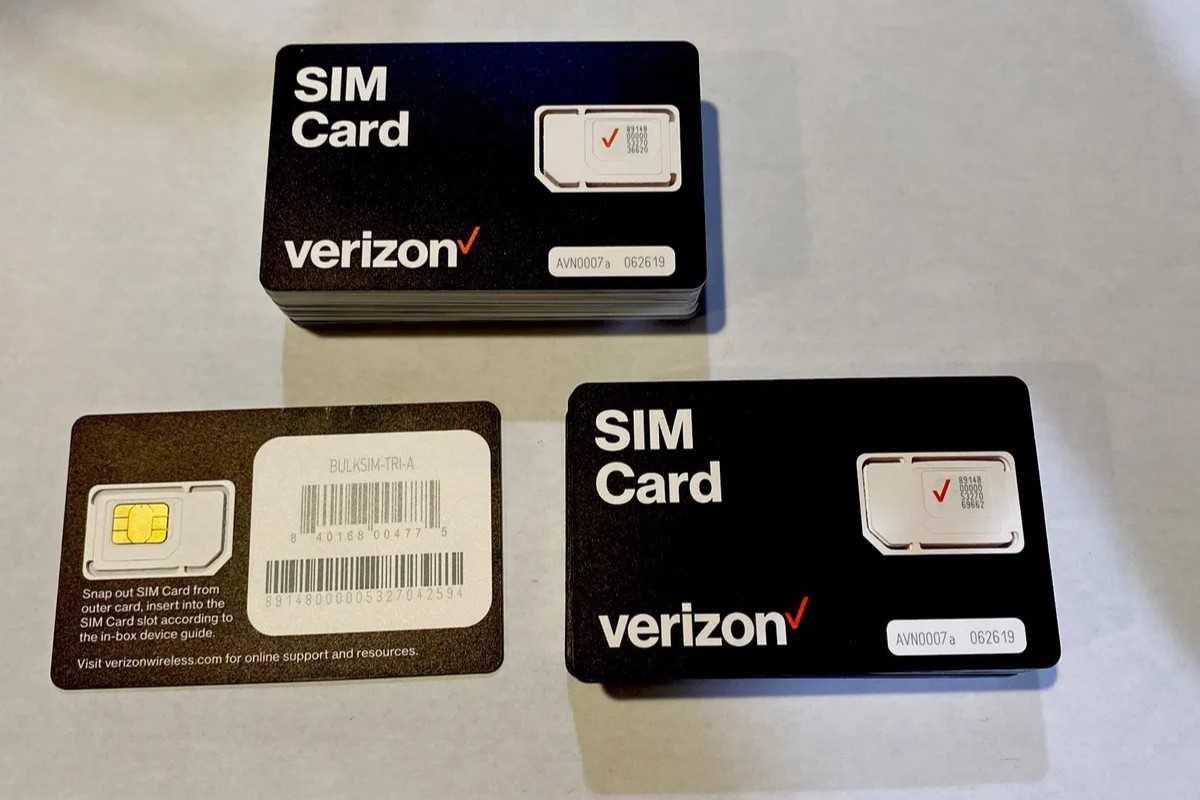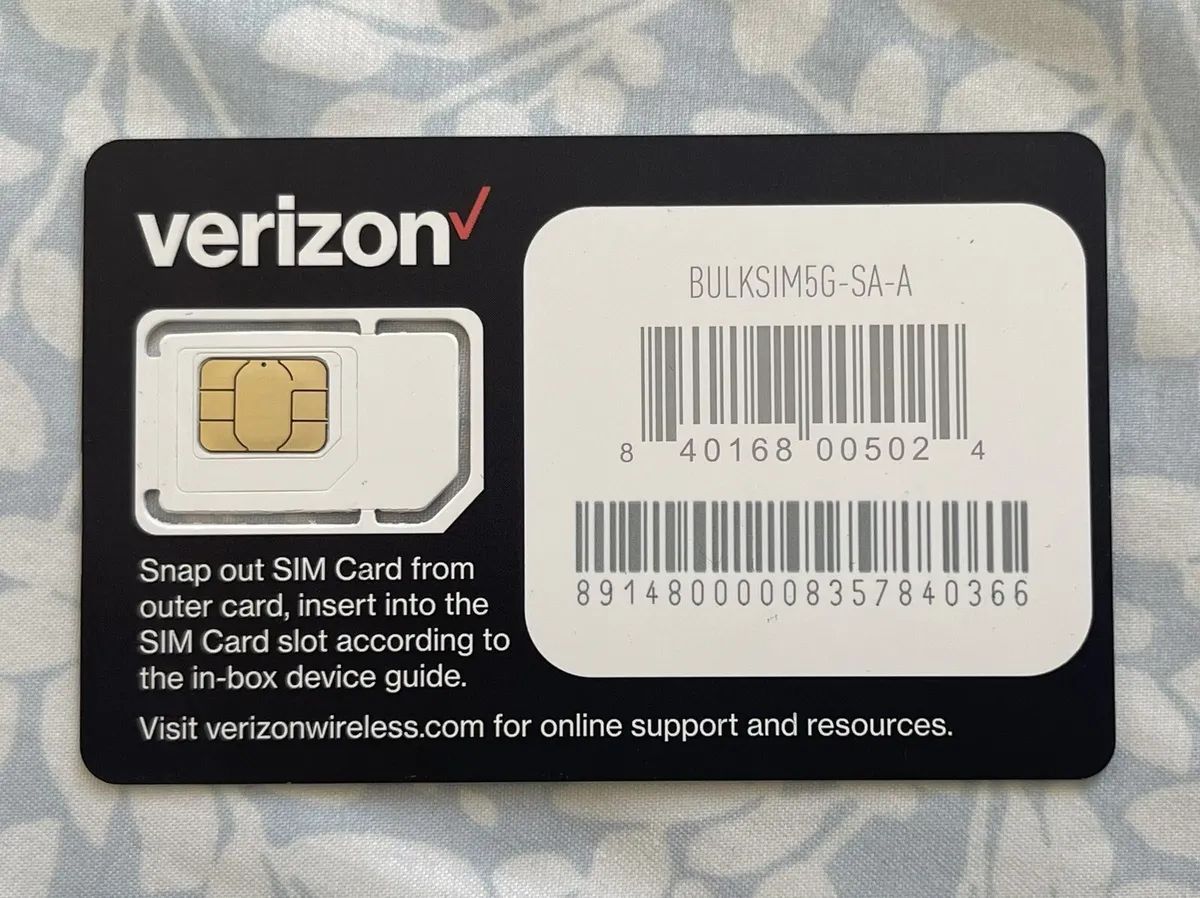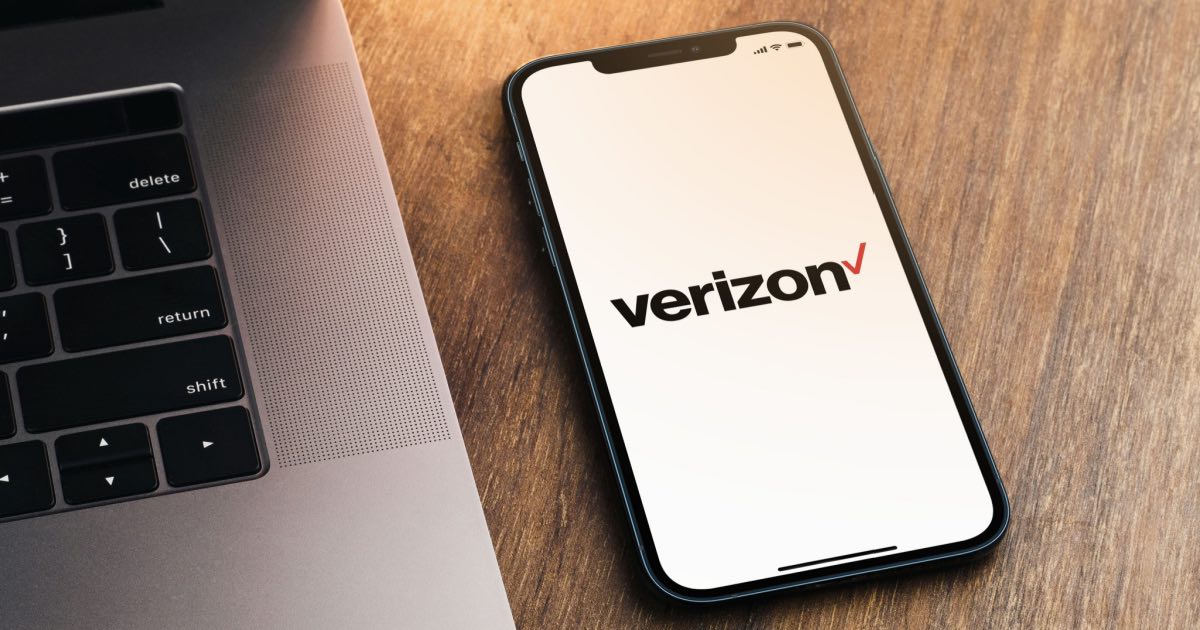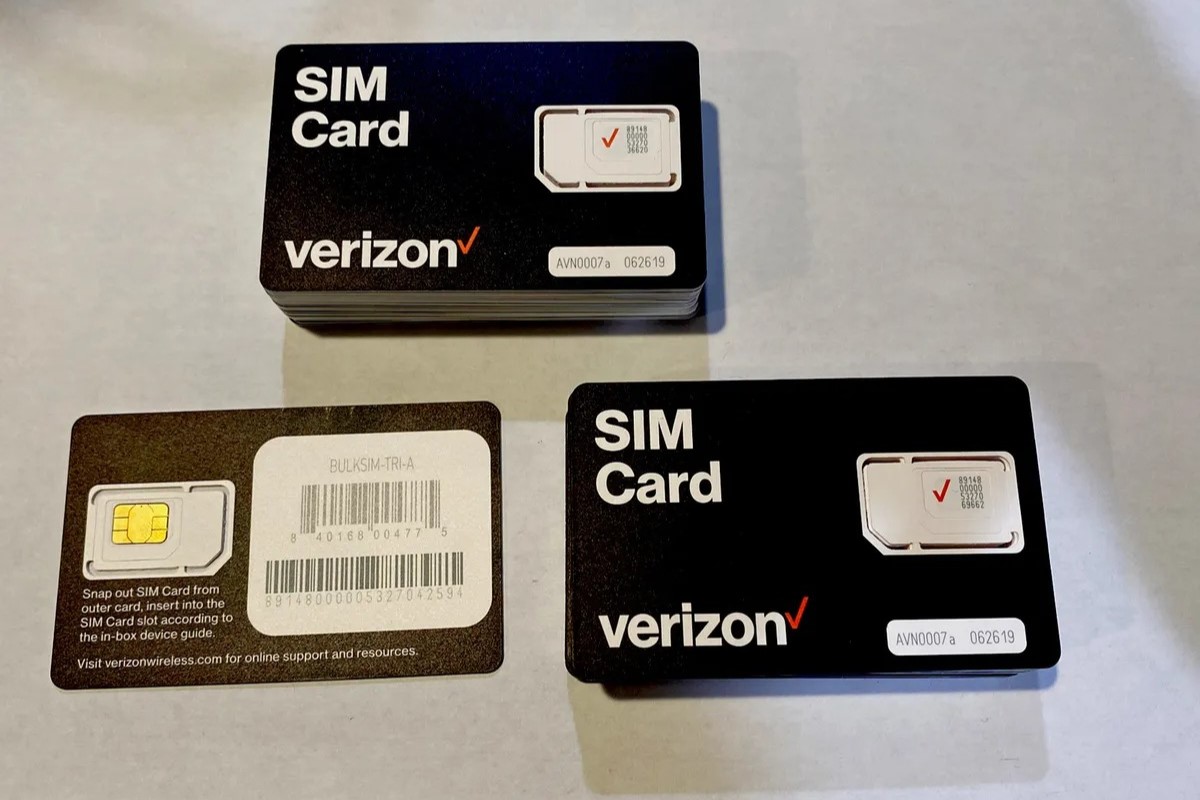Introduction
In today's hyper-connected world, mobile devices have become indispensable tools for communication, productivity, and entertainment. Whether it's a smartphone, tablet, or wearable device, the ability to stay connected on the go is a fundamental aspect of modern life. However, before a mobile device can be fully operational, one crucial step must be taken: activating the SIM card.
The Subscriber Identity Module (SIM) card serves as the linchpin that enables a mobile device to connect to a cellular network and access voice, messaging, and data services. Activating a SIM card is the process of associating it with a mobile network, allowing it to function as a unique identifier for the user's device. This pivotal step is essential for initiating service, enabling voice and data connectivity, and ensuring that the device can operate seamlessly within the carrier's network.
Understanding the activation process and the various scenarios in which it may be required is paramount for mobile device users. Whether obtaining a new SIM card, replacing a lost or damaged one, or transitioning to a new device, knowing how to navigate the activation process is crucial for a smooth and hassle-free experience.
In this comprehensive guide, we will explore the intricacies of activating a SIM card on the Verizon network, one of the leading telecommunications providers in the United States. From activating a new SIM card to troubleshooting common activation issues, this guide aims to equip readers with the knowledge and confidence to navigate the activation process with ease. So, let's delve into the world of SIM card activation and unlock the potential of seamless connectivity on Verizon's network.
Understanding the Activation Process
The activation of a SIM card is a fundamental procedure that enables a mobile device to connect to a cellular network and access voice, messaging, and data services. It involves associating the SIM card with a specific mobile network, allowing it to function as a unique identifier for the user's device. This pivotal step is essential for initiating service, enabling voice and data connectivity, and ensuring that the device can operate seamlessly within the carrier's network.
When a SIM card is activated, it establishes a secure and encrypted connection with the carrier's network, enabling the device to transmit and receive data, make calls, and send messages. The activation process involves the provisioning of the SIM card, where the carrier assigns a unique phone number and activates the necessary voice, messaging, and data services associated with the user's account.
Activating a SIM card typically involves providing the carrier with pertinent information, such as the SIM card's unique identification number (ICCID), the device's IMEI number, and the user's account details. This information is used to link the SIM card to the user's account and configure it to work with the carrier's network.
It's important to note that the activation process may vary depending on whether the user is obtaining a new SIM card, replacing a lost or damaged one, or transitioning to a new device. Each scenario may require different steps and considerations to ensure a seamless activation experience.
Furthermore, understanding the activation process is crucial for users who are switching to a new carrier while retaining their existing device. In such cases, the device may need to be unlocked from the previous carrier's network before the new SIM card can be activated. This process may involve contacting the previous carrier to request an unlock code or utilizing online resources to initiate the unlocking procedure.
In essence, the activation process is the gateway to unlocking the full potential of a mobile device, enabling it to harness the capabilities of a carrier's network and deliver a seamless and robust connectivity experience. By comprehending the intricacies of SIM card activation, users can navigate the process with confidence and ensure that their devices are ready to connect, communicate, and empower them in their daily endeavors.
Activating a New SIM Card
Activating a new SIM card is a pivotal step in integrating a mobile device into a carrier's network and unleashing its full potential. Whether obtaining a new device or transitioning to a different carrier, the activation process lays the foundation for seamless connectivity and access to essential voice, messaging, and data services.
When acquiring a new SIM card, whether from a retail store, online platform, or directly from the carrier, the activation process typically involves a series of straightforward steps. Firstly, it's essential to locate the SIM card slot on the device and ensure that it is powered off before proceeding. Upon obtaining the new SIM card, users are often provided with a set of instructions outlining the activation process, which may include visiting the carrier's website, using a dedicated activation phone number, or utilizing a mobile app to initiate the activation.
To begin the activation process, users are usually required to provide the SIM card's unique identification number, known as the ICCID, and the device's IMEI number. These details are crucial for linking the SIM card to the user's account and enabling it to function within the carrier's network. Additionally, users may need to input their account information, such as their name, address, and billing details, to complete the activation process.
Once the necessary information has been submitted, the carrier's systems will proceed to provision the new SIM card, assigning a unique phone number and activating the essential voice, messaging, and data services associated with the user's account. This process typically takes a few minutes, and upon successful activation, the device will be ready to connect to the carrier's network and access its array of services.
It's important to note that some carriers may require users to perform additional steps, such as restarting the device or confirming the activation through a designated method, to finalize the process. However, the activation instructions provided by the carrier or the SIM card packaging should guide users through these final steps to ensure a seamless and successful activation.
By following the prescribed activation steps and providing the necessary information, users can swiftly and effectively activate a new SIM card, empowering their devices to tap into the full spectrum of services offered by the carrier. This ensures that the device is primed for connectivity, communication, and productivity, ready to embark on its journey as an integral part of the user's digital lifestyle.
Activating a Replacement SIM Card
When a SIM card is lost, damaged, or becomes faulty, obtaining a replacement SIM card is essential to restore connectivity and functionality to the user's mobile device. Activating a replacement SIM card involves the process of associating the new SIM card with the user's account and device, enabling it to seamlessly integrate with the carrier's network and access essential services.
The first step in activating a replacement SIM card is to acquire the new SIM card from the carrier, either through a retail store, online platform, or by contacting customer support. Once the replacement SIM card is obtained, users should ensure that their device is powered off before proceeding with the activation process.
To initiate the activation, users are typically required to provide the unique identification number of the replacement SIM card, known as the ICCID, and the device's IMEI number. These details are crucial for linking the replacement SIM card to the user's account and configuring it to function within the carrier's network. Additionally, users may need to verify their account information, such as their name, address, and billing details, to complete the activation process.
Upon submitting the necessary information, the carrier's systems will proceed to provision the replacement SIM card, assigning a unique phone number and activating the essential voice, messaging, and data services associated with the user's account. This process generally takes a few minutes, and upon successful activation, the device will be ready to connect to the carrier's network and access its array of services using the replacement SIM card.
It's important to note that activating a replacement SIM card may require users to perform additional steps, such as restarting the device or confirming the activation through a designated method, as guided by the carrier's instructions. By following the prescribed activation steps and providing the necessary information, users can effectively activate a replacement SIM card, ensuring that their device is swiftly reinstated with connectivity and functionality.
In summary, activating a replacement SIM card is a crucial process for restoring connectivity and functionality to a mobile device. By understanding the necessary steps and providing the required information, users can seamlessly integrate the replacement SIM card with their device and resume enjoying the benefits of a robust and reliable connection within the carrier's network.
Activating a SIM Card for a New Device
Activating a SIM card for a new device marks the beginning of an exciting journey towards seamless connectivity and enhanced mobility. Whether unboxing a brand-new smartphone, tablet, or wearable device, the activation process plays a pivotal role in enabling the device to harness the full spectrum of services offered by the carrier's network.
Upon acquiring a new device, the activation of the SIM card is a fundamental step that sets the stage for a seamless and robust connectivity experience. The process typically commences with the identification of the SIM card slot on the new device, followed by ensuring that the device is powered off before proceeding with the activation.
To initiate the activation, users are generally required to locate the unique identification number of the new SIM card, known as the ICCID, and the device's IMEI number. These details serve as the linchpin for linking the new SIM card to the user's account and configuring it to function within the carrier's network. Additionally, users may need to input their account information, such as their name, address, and billing details, to complete the activation process.
Once the necessary information is submitted, the carrier's systems will proceed to provision the new SIM card, assigning a unique phone number and activating the essential voice, messaging, and data services associated with the user's account. This process typically takes a few minutes, and upon successful activation, the device will be ready to connect to the carrier's network and access its array of services.
It's important to note that some carriers may require users to perform additional steps, such as restarting the device or confirming the activation through a designated method, to finalize the process. However, the activation instructions provided by the carrier or the SIM card packaging should guide users through these final steps to ensure a seamless and successful activation.
By following the prescribed activation steps and providing the necessary information, users can swiftly and effectively activate a new SIM card for their device, unlocking its full potential and paving the way for a seamless connectivity experience. This ensures that the new device is primed to connect, communicate, and empower users in their digital endeavors, heralding the beginning of a new chapter in their mobile journey.
Troubleshooting Common Activation Issues
Navigating the activation process of a SIM card on the Verizon network can occasionally present challenges that may hinder the seamless integration of the device with the carrier's network. Understanding and addressing common activation issues is crucial for ensuring a smooth and hassle-free experience. Here are some common activation issues and troubleshooting steps to resolve them:
-
Activation Failure: If the activation process fails, it's essential to verify that the SIM card is inserted correctly and that the device is compatible with the carrier's network. Additionally, ensuring that the device is powered off and then restarted can often resolve activation failures by allowing the device to reestablish a connection with the carrier's network.
-
Invalid SIM Card: In cases where the device displays an "Invalid SIM Card" message, the SIM card may not be properly seated in the device's SIM card slot. Carefully removing and reinserting the SIM card can address this issue, ensuring that it is securely positioned for proper functionality.
-
No Service After Activation: If the device shows "No Service" even after successful activation, it's advisable to check for any network outages or coverage issues in the area. Restarting the device and allowing it to reconnect to the carrier's network can often resolve this issue, restoring service and connectivity.
-
Activation Delays: Occasionally, activation delays may occur due to network congestion or system updates. In such instances, waiting for a brief period and then reattempting the activation process can often lead to successful activation as network conditions stabilize.
-
IMEI/ICCID Mismatch: An IMEI/ICCID mismatch can prevent successful activation. Verifying that the IMEI and ICCID numbers provided during the activation process match the device and SIM card is crucial. If discrepancies are found, contacting Verizon's customer support for assistance in resolving the mismatch is recommended.
-
Account Verification Issues: If the activation process encounters account verification issues, ensuring that the account information provided matches the carrier's records is essential. Double-checking the accuracy of the provided details and contacting customer support for assistance can help resolve account verification issues.
By understanding these common activation issues and the corresponding troubleshooting steps, users can effectively address challenges that may arise during the activation of a SIM card on the Verizon network. This knowledge empowers users to navigate the activation process with confidence, ensuring that their devices are seamlessly integrated with the carrier's network, ready to deliver a robust and reliable connectivity experience.
Conclusion
In conclusion, the activation of a SIM card on the Verizon network is a pivotal step that sets the stage for seamless connectivity, empowering users to tap into the full spectrum of voice, messaging, and data services offered by the carrier. Throughout this comprehensive guide, we have explored the intricacies of the activation process, delving into the steps required to activate a new SIM card, address common activation issues, and seamlessly integrate a replacement SIM card with a device.
Understanding the activation process is essential for users embarking on their mobile device journey, whether acquiring a new device, obtaining a replacement SIM card, or transitioning to a new carrier. By comprehending the nuances of SIM card activation, users can navigate the process with confidence, ensuring that their devices are primed for connectivity, communication, and productivity.
From the initial steps of obtaining a new SIM card to the final stages of troubleshooting common activation issues, this guide has provided valuable insights into the activation process, empowering users to overcome challenges and seamlessly integrate their devices with the Verizon network.
As technology continues to evolve and mobile devices play an increasingly integral role in our daily lives, the activation of a SIM card remains a foundational aspect of the mobile experience. By equipping users with the knowledge and understanding of the activation process, this guide aims to demystify the intricacies of SIM card activation, ensuring that users can harness the full potential of their devices within the Verizon network.
In essence, the activation of a SIM card heralds the beginning of a seamless and robust connectivity experience, enabling users to stay connected, communicate effortlessly, and leverage the myriad services offered by Verizon. By embracing the insights shared in this guide, users can embark on their mobile device journey with confidence, knowing that they have the knowledge and understanding to navigate the activation process and unlock the full potential of their devices.
Ultimately, the activation of a SIM card on the Verizon network represents the gateway to a world of connectivity, empowerment, and seamless communication, laying the foundation for a vibrant and enriching mobile experience.









